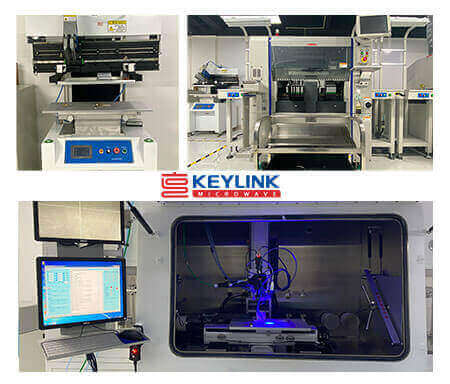Explanation of TTL and LVTTL about Keylink's RF power amplifiers
As we know, transistor–transistor logic (TTL) is a logic family built from bipolar junction transistors. Its name signifies that transistors perform both thelogic function (the first "transistor") and the amplifying function (the second "transistor"), as opposed to resistor–transistor logic(RTL) or diode–transistorlogic(DTL).
There is a period of gap between 2.4 and 5 volts, which is not conducive to improving noise tolerance, but also increases system power consumptionand affects speed. So the latter part gets cut off. That's LVTTL.
In TTL "High" mode, Keylink's broadband rf power amplifier KB0525M47A can work within the voltage range of both TTL(2V min to 5V max) andLVTTL(2.5V min to 3.3V max). During normal enable (by default), our broadband rf amplifier can use TTL logic high voltage to turn off the amplifier. In Keylink's microwav amplifier, the minimum "High" level that can cover both TTL and LVTTL is 2 volts, and the maximum "Low" level that can coverboth TTL and LVTTL is 0.7 volts.
If there is any interest about our products, please don't hesitate to contact us via info@keylinkmw.com
Over the past year, KeyLink Microwave has made some achievements in the microwave and RF power amplifiers industry.
The KN2650M52A is suitable for multi octave broadband high power RF linear applications. This compact module utilizes advanced high power LDMOS devices that provide excellent po...
I'm glad to inform you that KeyLink Microwave officially starts work from today. Thank...
The frequency range determines the scanner's penetration characteristics and available bandwidth. In general, the higher the frequency, the greater the penetration (in some case...






